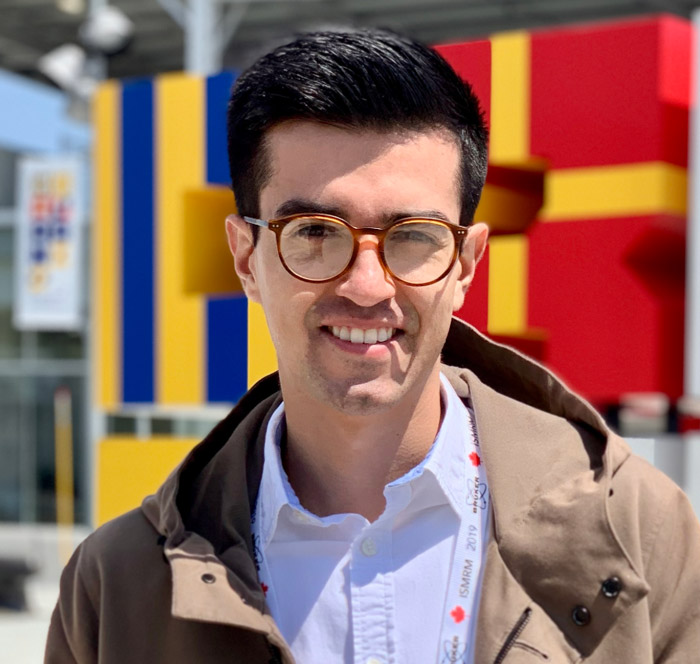
Member Spotlight for May 2020:
Sergio M. Solís-Barquero

Sergio M. Solís-Barquero, M.Sc.
Diagnostic and Therapeutic Imaging Department, Professor
University of Costa Rica
San José, Costa Rica
ISMRM Member since 2019
I got interested in MR when I was sitting in a lecture and the teacher was presenting some information on how fMRI could map actual thoughts in a brain. And ever since that lecture, it sparked my interest in MR. I am involved in education and research and have been in my position for two years now. It started when I talked to a physics teacher that works in MRI and he had asked me to be his assistant in a Research Project with the Psychology Department. The project was on brains scans in a normal population from Costa Rica. I had started my own research in measuring the volumes of brains in patients with HIV and I later a Masters in working with ASL in brain tumors.
What I love about MR is how complicated it is, how challenging it is, and how you can create beautiful images that can actually help in the diagnostic or treatment of a person.
A typical day for me is going to the university every day, spending some time in the lab reviewing papers or working on a research project. In the afternoon, I speak with my students and talk to them about their day (what I like the most) and I usually try to give them some advice. Later in the afternoon, I am in the classroom where I teach them MRI, research methods, or discuss other assignments they have for me.
One of my favorite things to do is read. I love reading the National Geographic every month and I get really excited when I see an MRI related research or article. I also love spending time with my family, they usually don’t understand what I do for a living, but not everything is talking about brains.
I always wanted to be a member of ISMRM and was finally able to become a member last year. I had presented an abstract in Montréal on measurement of cerebral perfusion changes during breath holding using pCASL with an accelerated 3D readout: an approach to quantify cerebrovascular reactivity.
I loved having the opportunity to meet all the people you see in the author area of a paper and being able to actually put a face to who you are referring to when reading their paper or sending them an email asking for help. This is what’s makes this society a great opportunity to connect with others. Being a member of ISMRM is the cherry on the MRI sundae.
